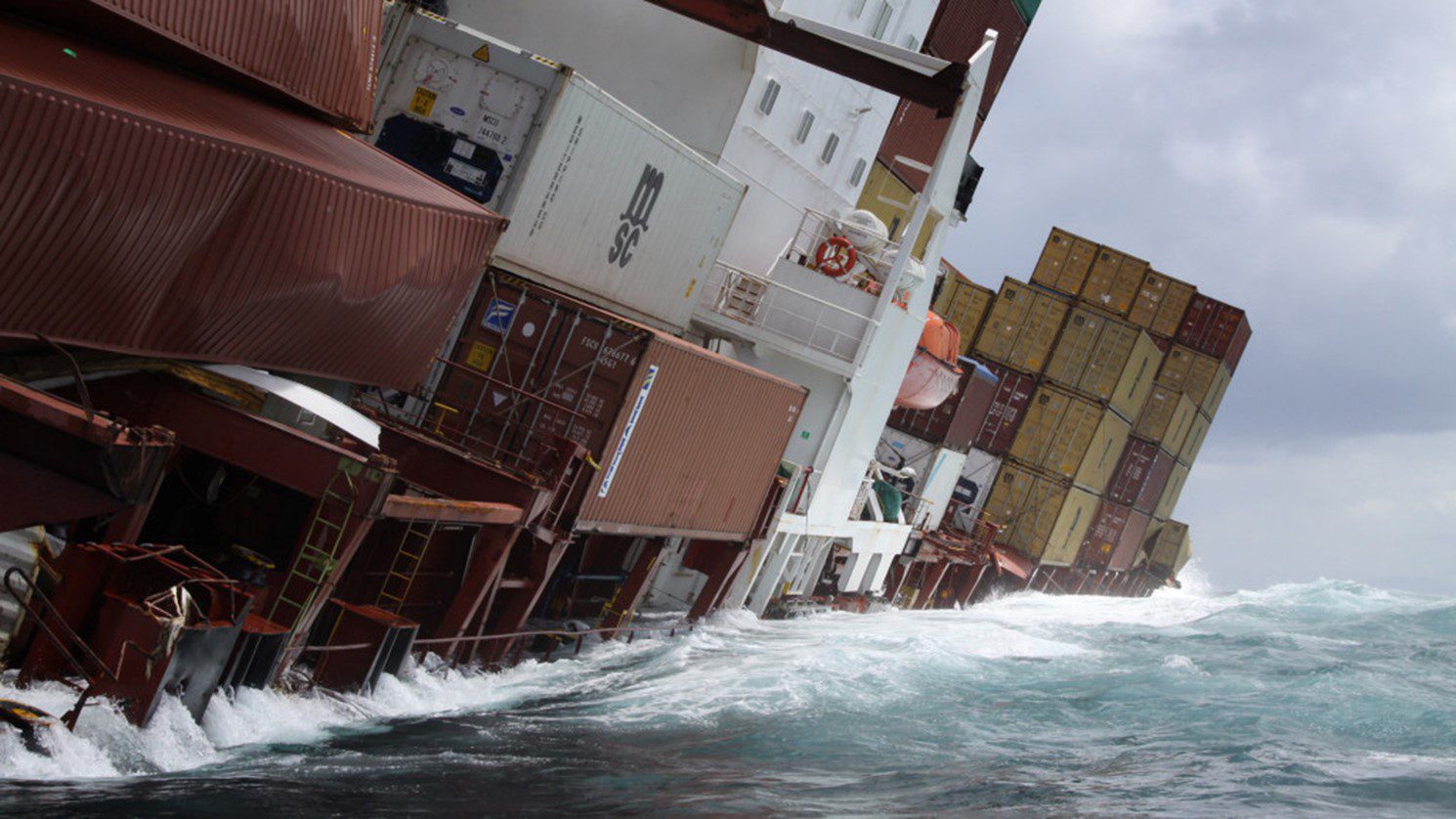
Collision
Most collisions occur as a result of an inadequate lookout or unsatisfactory radar watch. The main cause in several of these events is fatigue. The handing over of watch is also a risk factor. Close quarter situations often occur due to late, unsatisfactory or improper alterations of course and speed.
Facts and Findings
- Most collisions occur whilst ship is full away on passage and in fair weather and in calm or slight seas.
- Many instances occur where VHF contact was made, but where information was exchanged with incorrect vessel.
- Overtaking in narrow passages and not following rules of separation zones have an high occurrence rate.
Preventive measures
- The crew must understand the importance of adherence to the bridge management procedures.
- A proper lookout must be maintained at all times, along with efficient reporting to watch keeping officer.
- The lookout should not be occupied with activities that may impede the lookout.
- Proceed at safe speed and take into consideration visibility, traffic density, manoeuvrability, weather conditions and limitations of the radar.
- Every effort must be made to ascertain if a close quarters situation is developing – determine by repeated systematic observations any change in radar and compass bearings in addition to any automatic or manual radar plotting.
- Refrain from using VHF to establish passing with another ship, as an agreement could be made with wrong vessel.
- If obliged to give way, take early and substantial action to keep well clear.
- Slowing down is often the best way to avoid a close quarters situation.
- When officers hand over watch, the relieving officer must be briefed on course, speed, traffic, weather and dangers to navigation that could be expected.
- Follow STCW code requirements on rest periods in order to minimise risk of fatigue.
- Master and pilot should agree which language to be used between ship, pilot, tugs and shore.
- Maritime Resource Management training course is recommended to foster positive attitudes favouring good personal communication, excellence in leadership skills and compliance with operating procedures.